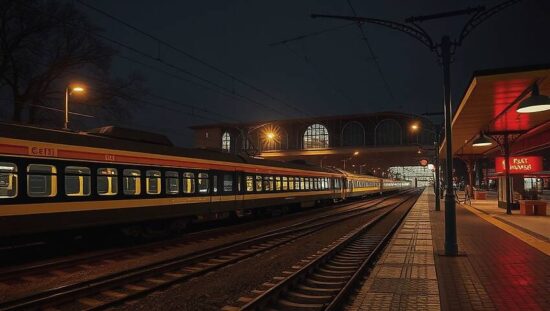As the German federal government’s 2030 traffic transition goals approach, Deutsche Bahn, the country’s state-owned rail network, is lagging behind in achieving its electricification targets. According to a response to a Left Party inquiry in the Bundestag, as reported by the “Redaktionsnetzwerk Deutschland” media network, the electrification rate of the federal rail network has only increased from around 61% in 2020 to 63% in 2023. To reach a target of at least 70%, an additional 2,500 kilometers of the network would need to be electrified, the Ministry of Digital and Transport stated.
The outgoing government aims to double the number of passengers on the rail network by 2030, but the number of “reportedly operational stations” has remained the same, at 7,130, from 2020 to 2023. In the freight sector, the state-owned company is expected to reach a market share of a quarter by 2025, but the number of necessary sidings decreased from 2020 to 2023, to 2,318.
“The Ampel government has failed to set the right course for the rail network in terms of sustainability. Minister Wissing’s activities were neither goal-oriented nor consistent” said Bernd Riexinger, the Left Party’s parliamentary group’s spokesperson for transportation, to the RND. The doubling of passenger traffic and a higher share of freight on the rail network are not being seriously pursued.





